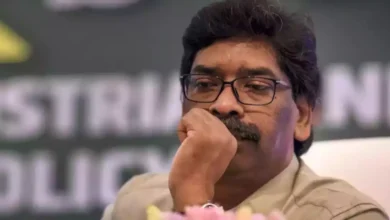
Mobilenews24x7 Bureau
Series deaths of students from the Dalit community and other marginalized classes have over the time shown an exponential rise. It is a very shocking trend that the society must take note of.
Fairly recently, the death of a IIT student in Maharashtra, allegedly by committing suicide, has stirred the hornet’s nest.
He was a victim of taunts and tirades against his caste and it reached a point when the boy was forced to commit suicide.
Chief Justice of India (CJI) D.Y. Chandrachud on Saturday also said incidents of suicides of students from marginalised communities are becoming common and research shows that most such students are from Dalit and Adivasi communities.
It is pertinent that the learned judges in India have a crucial role in making a dialogue with the society inside and outside the courtrooms to push for social change.
The educational curriculum must inculcate a sense of compassion amongst students and academic leaders must also be sensitive to the concerns of students.
It goes without saying that, when students leave their homes, it becomes the responsibility of educational institutions to establish a bond of institutional friendship with students. We must also realise that different students face different challenges. Only recently, we all read about the suicide of a Dalit student at IIT Bombay, it reminded of the suicide of an Adivasi studying in a national level university….last year and that shocking.
The Chief Justice added that “my heart goes out to family members of these students, but I also have been wondering where our institutions are going wrong, that students are forced to give up their precious lives.”
In these instance, incidents of suicides of students from marginalised communities are becoming common. These numbers are not just statistics; they are stories sometimes of centuries of struggle.
Justice Chandrachud further added that Professor Sukhdev Thorat, one of our senior educationist in the country, has noted that most of students who died of suicide have been Dalits and Adivasis and it shows a pattern which we must question.
In 75 years, we have focused on creating institutions of eminence but more than that we need to create institutions of empathy, the term I read in a news article. Some of us must wonder why the system is speaking on this issue, well because, the issue of discrimination is directly linked with lack of empathy in educational institutions .
The Chief Justice emphasised, “In similar ways, judges in India have a crucial role in making a dialogue with the society inside and outside the courtrooms to push for social change.”
On the social discrimination faced by students from marginalised communities, stopping allotment of hostel rooms based on marks secured in the entrance exam, which leads to caste-based segregation.






